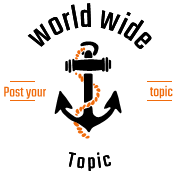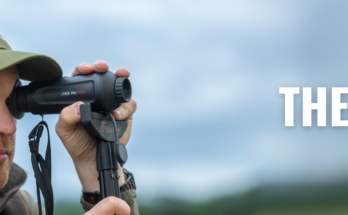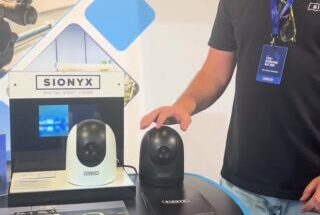Thermal imaging is the process of employing a thermal camera to collect and produce an image of an object using the infrared light that the object emits. The temperature of the object is portrayed in the produced image. The initial consumers of the thermal image camera were the armed forces. However, the history of thermography, which dates back to Sir William Herschel’s discovery of infrared light in 1960, is connected to the development of the thermal camera.
Main components
The main components of thermal cameras include:
Infrared detector: This is the component that detects the infrared radiation emitted by objects and converts it into an electrical signal.
Lens: The lens focuses the infrared radiation onto the detector.
Display: The thermal image is displayed on a screen, which can be either a traditional display screen or a heads-up display (HUD) that projects the image onto a transparent screen in front of the user’s eye.
Processor: The processor analyses the data from the detector and creates the thermal image that is displayed on the screen.
How they work
All objects emit some amount of infrared radiation, which is a type of electromagnetic radiation that is not visible to the human eye. The amount of infrared radiation emitted by an object is related to its temperature, with hotter objects emitting more infrared radiation than cooler objects. The infrared detector in a thermal imaging camera is a specialised sensor that is sensitive to infrared radiation. When infrared radiation hits the detector, it is converted into an electrical signal which is then analysed by a processor and gets converted into an image.
What are they used for?
Thermal imaging cameras, which were originally designed for military usage during the Korean War, have moved into various industries and have numerous applications. Law enforcement employs the technology to handle surveillance activities, find and detain individuals, investigate crime scenes and execute search and rescue operations. Overheating joints and components are identified by power line maintenance specialists to avoid possible breakdowns. Where thermal insulation becomes defective, building construction specialists can observe heat leaks through thermal image camera to increase the efficiency of cooling or heating.


